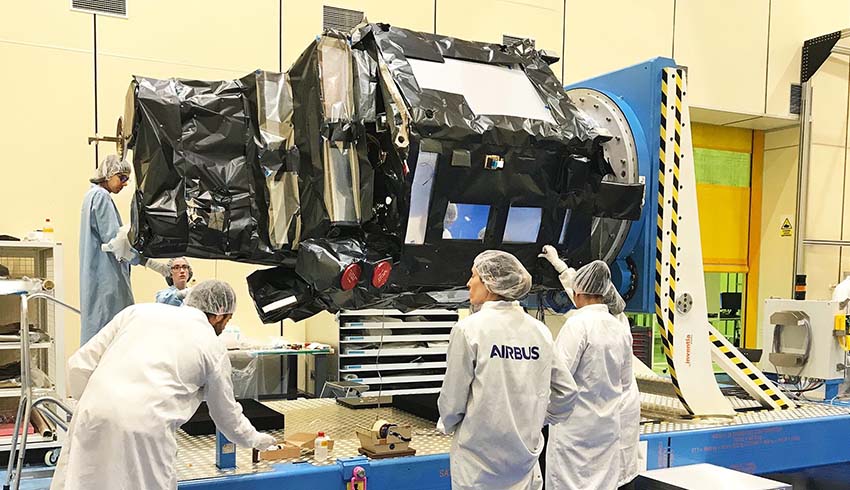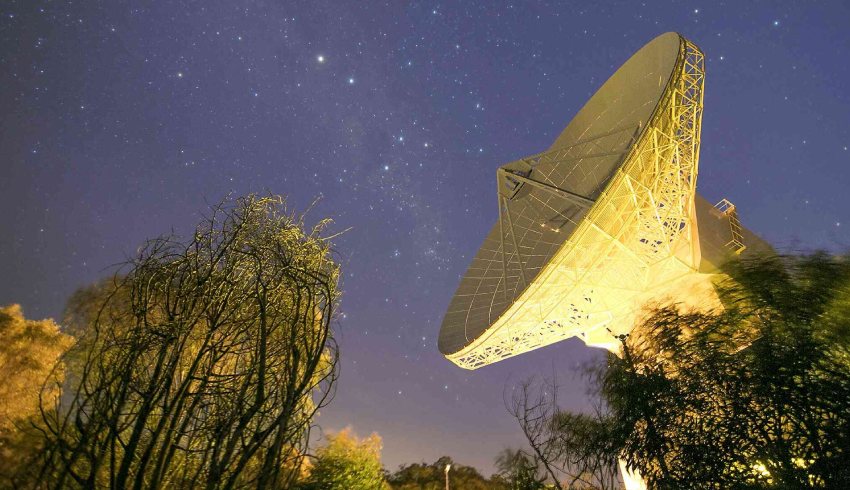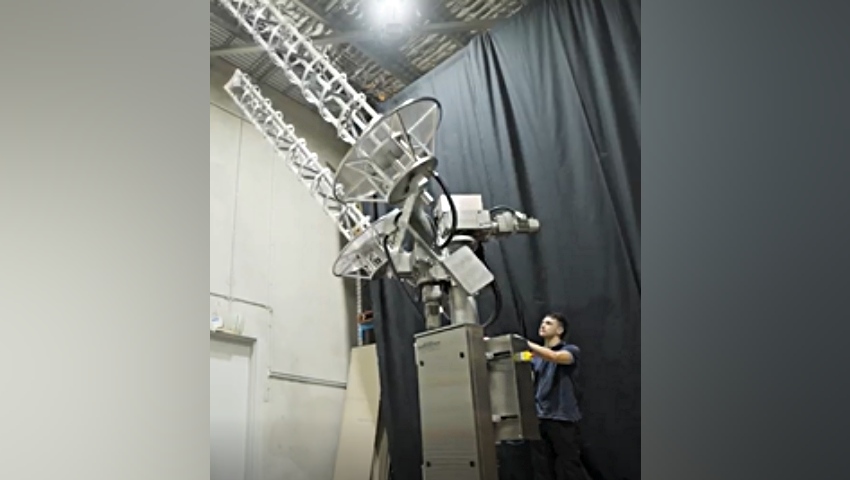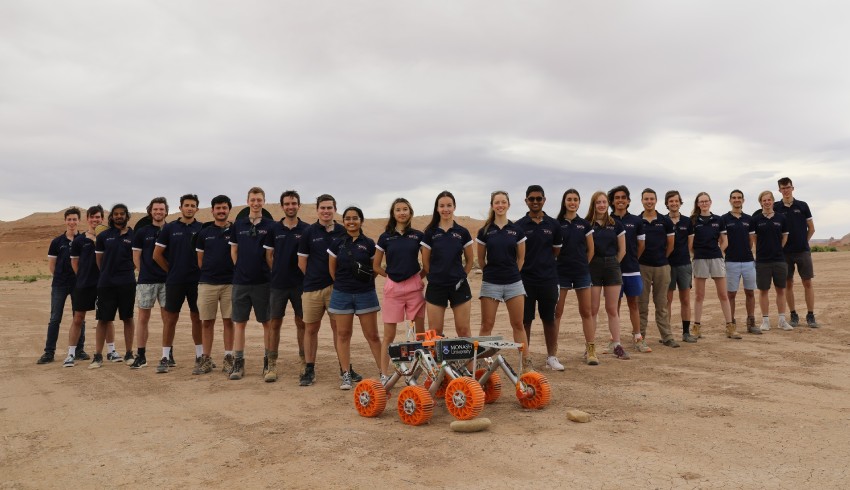
EarthCARE is a joint mission of the European Space Agency (ESA) and the Japanese Space Agency (JAXA), with Airbus Defence and Space in Friedrichshafen (Germany) acting as prime contractor to develop and build the satellite, and Airbus Defence and Space in Toulouse (France) supplying the Atmospheric Lidar ATLID.
The integration sequence was successfully carried out in close co-operation between the Toulouse and Friedrichshafen teams – even under the protective but challenging COVID-19 crisis regulations.
ATLID will now undergo a set of functional and performance tests which will then finally conclude the instrument delivery. The next step is the integration of the Japanese Cloud Profiling Radar (CPR).
Once operating in orbit, EarthCARE will advance the understanding of the role that clouds and aerosols play in global climate modelling. For this, EarthCARE will draw up vertical profiles of natural and man-made aerosols, register the distribution of water and ice and their transport by clouds, and provide essential input to climate models for more precise forecasting of global warming.
Clouds and, to a lesser extent, aerosols reflect incident solar light back out to space, but they also trap outgoing infrared light. This leads to a net effect of either cooling or heating of the planet. In addition, aerosols influence the life cycle of clouds, and so contribute indirectly to their radiative effect – measuring them will give a better understanding of Earth's energy budget.
ATLID is one of four instruments of the EarthCARE satellite providing vertical profiles of aerosols and thin clouds. Operating in the UV-range at 355nm, it provides atmospheric echoes with a vertical resolution of about 100 metres from ground to an altitude of 20 kilometres and 500 metres from an altitude of 20 kilometres to 40 kilometres.
The measurement principle which was retained for ATLID uses the fact that interaction of light with molecules or aerosols leads to different spectra. ATLID is the second European lidar after Aeolus making Airbus a worldwide specialist in spaceborne LIDAR systems.
With a launch mass of 2.3 tonnes, the EarthCARE mission is designed to operate for three years in sun-synchronous orbit at 400 kilometres altitude, after its planned Soyuz launch from Kourou, French Guiana.
Receive the latest developments and updates on Australia’s space industry direct to your inbox. Subscribe today to Space Connect here.









